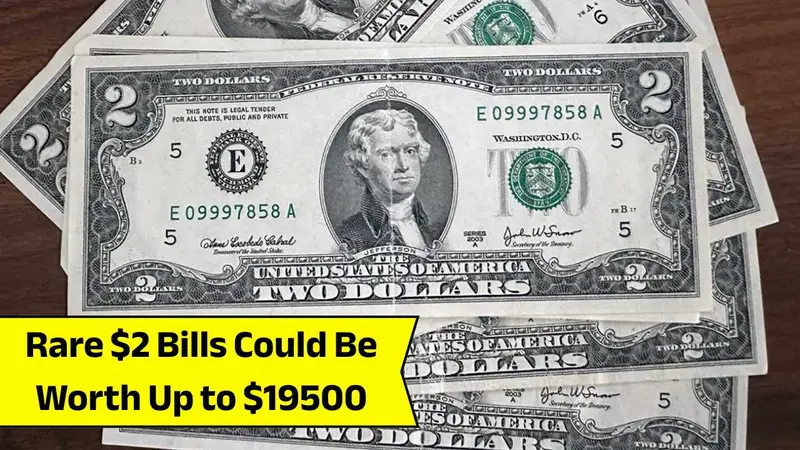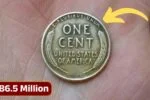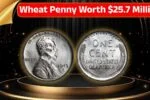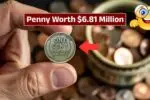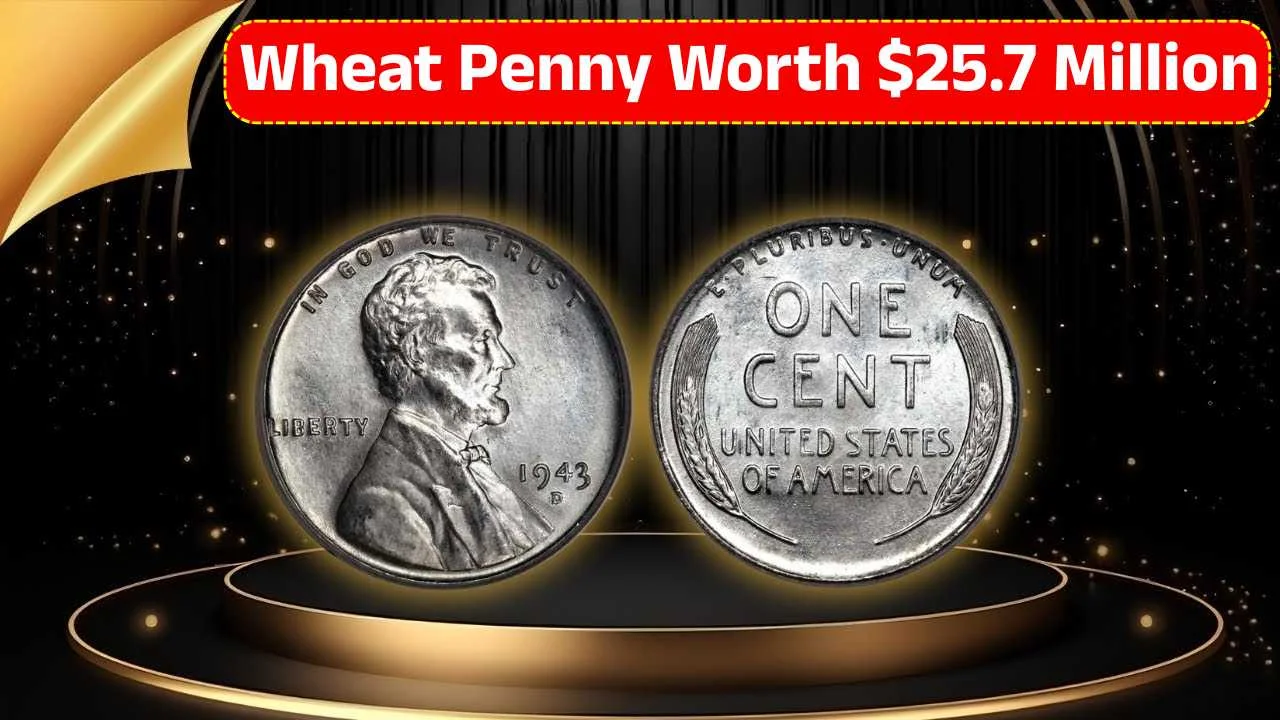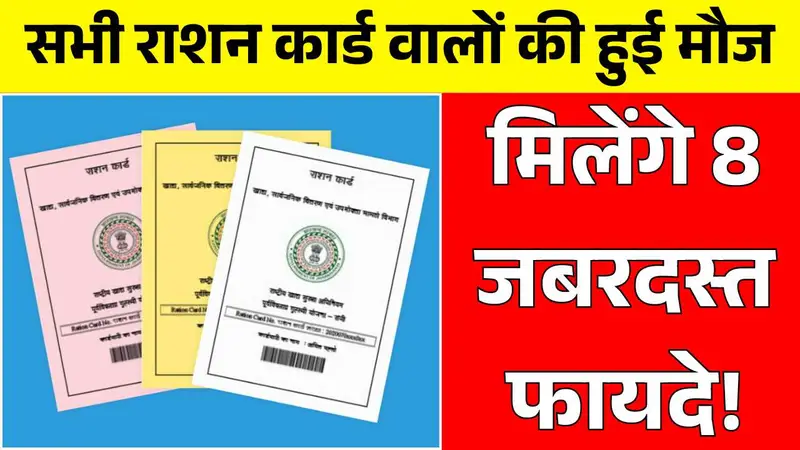Rare $2 Bills Could Be Worth Up to $19500: The $2 bill might seem ordinary to many, but certain rare editions are now fetching staggering prices among collectors. While most people ignore this unusual denomination, some older series of the $2 bill have become highly valuable due to their rarity, unique printing errors, or historical significance. If you happen to find one tucked inside an old wallet or among your saved currency notes, it might be worth much more than its face value. In fact, some rare $2 bills have been sold for as high as $19,500. Here’s what you need to know if you think you might be holding a hidden treasure.
Why Some $2 Bills Are Considered Rare
Not all $2 bills are rare or valuable, but certain issues stand out. Bills printed in limited quantities, older series, or those with printing errors are often the ones that collectors prize. For example, $2 bills with red or brown seals from before 1976, especially those in uncirculated condition, are often more valuable. The 1928 and 1953 series can be particularly rare depending on their condition and serial numbers. Collectors also value bills with star notes, unusual serial numbers, or limited Federal Reserve Bank prints. The scarcity factor combined with collector demand is what drives the price so high for these rare bills.
Which Series of $2 Bills Are Worth the Most
The most valuable $2 bills often come from the 19th and early 20th centuries. A Series 1890 $2 Treasury Note, if well-preserved, could sell for thousands. Similarly, a 1928B red seal $2 bill with a low serial number or a star can be extremely valuable. The 1953 and 1963 red seal notes are also worth watching, especially if they are crisp and clean. Star notes from these series can multiply the value significantly. In modern times, the 1976 $2 bill is more common, but even it can have value if it has a rare misprint or low serial number. Always check both the series and the seal color.
What Serial Numbers Add Value to a $2 Bill
Collectors are particularly interested in bills with unique or low serial numbers. For example, a bill with serial number 00000001 is incredibly rare and highly valuable. Repeating numbers like 22222222 or patterns such as 12345678 also attract attention. Palindromes numbers that read the same forwards and backwards are in high demand. Bills with star symbols at the end of the serial number indicate they were replacement notes during printing, making them rare and collectible. If your $2 bill includes these features, its value could increase substantially among serious collectors.
How Condition Affects the Value of $2 Bills
Condition plays a major role in determining the value of any currency, including $2 bills. Uncirculated bills that have never been folded, torn, or written on will fetch much higher prices than worn-out or damaged ones. Collectors use a grading scale ranging from Poor to Gem Uncirculated to assess a bill’s condition. Even a rare series can lose much of its value if it is stained, creased, or faded. On the other hand, a bill in pristine condition even if it’s not particularly rare can still hold decent collector value. Always store your rare currency in protective sleeves to maintain its condition.
Where to Sell or Appraise Rare $2 Bills
If you believe you have a valuable $2 bill, it’s best to get it appraised by a professional numismatist or currency dealer. Reputable coin and currency shops often offer free evaluations. Online platforms like eBay and Heritage Auctions are also popular for selling rare currency, but it’s important to research recent sale prices to avoid underselling. Never rush to sell a potentially valuable note without understanding its true market worth. You might also consider joining online collector forums or groups where experienced hobbyists can offer guidance and price insights.
Common Mistakes to Avoid When Selling $2 Bills
One major mistake sellers make is assuming age alone determines value. Just because a bill is old doesn’t mean it’s rare or valuable. Another error is failing to research the bill’s serial number and series. Selling a rare bill at face value or to an untrustworthy buyer can result in significant loss. It’s also a mistake to clean or iron the bill, as this can damage it and reduce its collector appeal. Always handle rare bills with clean hands and store them properly. Knowledge and patience are key when dealing with collectible currency.
Why the $2 Bill Remains a Collector’s Favorite
Despite being in limited circulation, the $2 bill holds a special place in American currency history. Its unique design featuring Thomas Jefferson and the signing of the Declaration of Independence on the back sets it apart. Collectors love the blend of history, artistry, and rarity. It’s also a conversation starter and a curiosity in daily transactions. Over the years, the mystique of the $2 bill has only grown, especially with the rising popularity of currency collecting. For both beginners and seasoned collectors, the hunt for a rare $2 bill continues to be an exciting and rewarding adventure.
Disclaimer
The values mentioned in this article are based on available auction results, market estimates, and collector feedback as of 2025. The actual value of a $2 bill depends on multiple factors including condition, rarity, serial number, and market demand. Always consult a professional currency appraiser before buying or selling rare bills. Prices may fluctuate over time and differ by location or seller. This blog is intended for informational purposes only and does not constitute financial advice.
